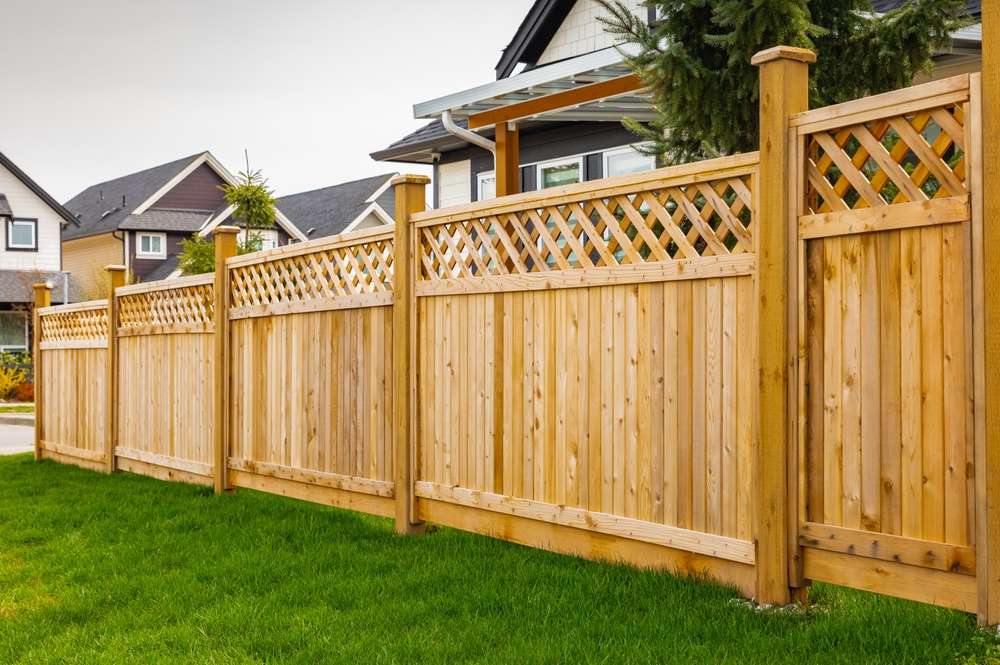The Ultimate Guide to Outdoor Playhouses: Benefits, Types, and Selection Tips
Outdoor playhouses represent more than just backyard structures – they're gateways to imagination, physical activity, and childhood development. These dedicated play spaces provide children with their own special domain where they can explore, create, and grow while enjoying the benefits of outdoor engagement. As parents and caregivers increasingly recognize the importance of balanced play experiences, outdoor playhouses have evolved to offer more sophisticated features and developmental benefits.

Benefits of Outdoor Playhouses for Child Development
Outdoor playhouses serve as catalysts for imaginative play, helping children develop crucial cognitive and social skills. Through pretend play scenarios, children learn problem-solving, storytelling, and social interaction. The physical aspects of entering, exploring, and moving around the playhouse promote gross motor skills and coordination. Research shows that children who engage in regular outdoor play demonstrate improved concentration, creativity, and emotional regulation compared to those who spend less time in outdoor play environments.
Types of Playhouses and Age-Appropriate Options
Playhouse options vary significantly in materials, design, and intended age groups. Wooden playhouses offer a classic, durable choice with natural aesthetics and excellent weathering capabilities, ideal for children aged 3-12. Plastic playhouses provide lightweight, colorful alternatives perfect for toddlers and younger children aged 1-5, with easy cleaning and maintenance features. Modular designs allow for customization and expansion as children grow, typically suitable for ages 2-10, with components that can be added or reconfigured over time.
Selecting the Perfect Playhouse: Size, Design, and Safety
When choosing a playhouse, consider your available space and long-term usage plans. The ideal playhouse should allow children to stand comfortably with room for movement and furniture. Safety features to look for include rounded edges, non-toxic materials, proper ventilation, and sturdy construction. Consider the placement location, ensuring level ground and adequate drainage. The design should incorporate multiple entry points and windows for proper supervision while maintaining children’s sense of independence.
Maintenance and Weatherproofing Guidelines
To ensure longevity, regular maintenance is essential. Wooden playhouses require annual treatment with weather-resistant sealants and periodic checks for loose boards or protruding nails. Plastic structures need regular cleaning and inspection for cracks or UV damage. Create a maintenance schedule that includes:
-
Quarterly structural inspections
-
Bi-annual deep cleaning
-
Annual weatherproofing treatment
-
Regular checks of hinges, locks, and moving parts
Modern Playhouse Trends and Features
Contemporary playhouse designs incorporate innovative features that blend traditional play value with modern elements. Popular trends include:
| Feature Type | Description | Approximate Cost Range |
|---|---|---|
| Eco-Friendly | Sustainable materials, solar panels | $500-2,000 additional |
| Interactive | Digital panels, sound systems | $300-1,500 additional |
| Customizable | Modular walls, changeable themes | $200-1,000 additional |
Prices, rates, or cost estimates mentioned in this article are based on the latest available information but may change over time. Independent research is advised before making financial decisions.
The outdoor playhouse market continues to evolve, offering increasingly sophisticated options that combine traditional play value with modern features. Whether choosing a simple wooden cottage or a tech-enhanced play structure, the key is selecting a design that matches your child’s age, interests, and your space requirements while providing a safe, engaging environment for years of imaginative play and physical activity.




